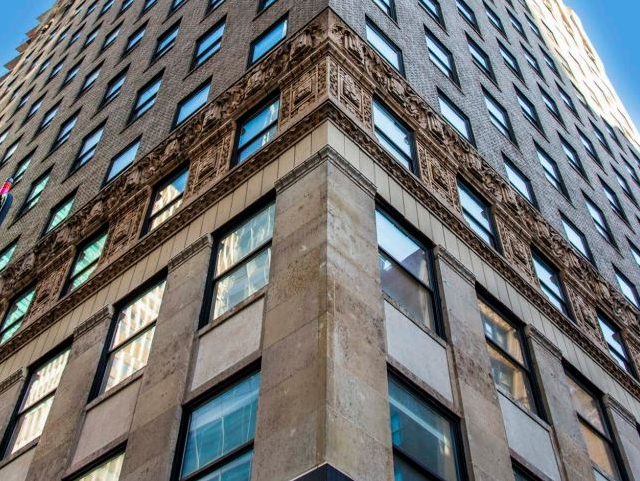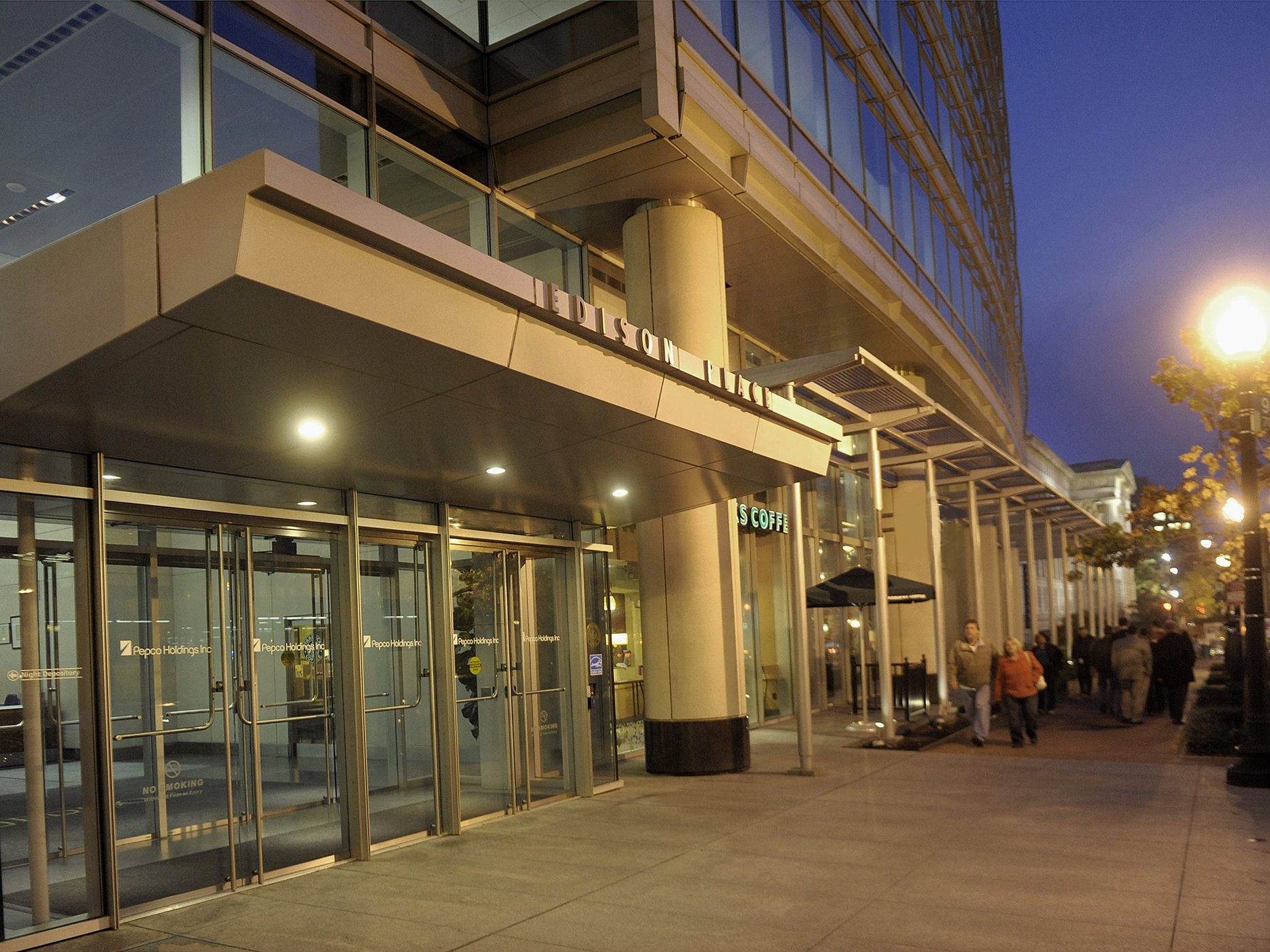Let’s Put CRE’s Debt Maturity Burden Into Perspective
Most loans coming due this year are not headed for default, observes Brian Good of iBorrow.

Looking ahead to the wave of debt maturities that will hit our industry over the next year, it’s clear that the dialogue around the CRE industry’s near-term future would benefit from a greater sense of perspective.
While the next year will certainly present challenges, the opportunities that will emerge in 2024 may very well outweigh them—potentially by a substantial margin.
How can we be cautiously optimistic about next year, when so much of what we have heard over the past 12 months has foretold a coming ‘crisis’ for the CRE space?
First, let’s go back to industry basics. Put simply, a large volume of loan maturities does not necessarily constitute an emergency.
Maturities scheduled for 2024 currently amount to approximately $500 billion—a big number, to be sure. Keep in mind, though, that not all maturities are the same. Many of these loans are financing properties and projects that are cash flow positive, meaning that they will almost certainly get paid off or refinanced.
This is a natural feature of the CRE financing landscape that, even in a challenged environment like the current one, typically applies to roughly 50 percent of outstanding loans.
Next, let’s bear in mind that the remaining half of 2024 maturities are not all headed for the worst-case scenario.
For many of these loans, the borrowers will simply have to accept that their business plans are not going to work out. Between higher interest rates and banks and other traditional financial institutions refusing to extend terms or provide more money, these borrowers will have to seek refinancing or sale options on terms that are more realistic for their current situations.
This is hardly a nightmare outcome. In our view, this will end up being the case for roughly another 25 percent of approaching maturities.
This leaves roughly 25 percent of current 2024 maturities as possible candidates for default, with the potential for litigation and other workout activity down the road. That’s certainly not ideal , but it’s also no reason for the “sky is falling” doomsday scenarios we have all been hearing about for the past year.
So, if the “crisis” projections don’t come true in 2024, what will the next year look like?
When transactions restart
Our view is that economic indicators have tilted solidly in favor of a soft landing, increasing the odds of stabilization in the interest rate environment after Q1.
Broadly speaking, private direct lenders like iBorrow were able to expand market share and drive significant transaction volumes in 2023 by providing a reliable and flexible alternative source of funding as regional banks and other institutions pulled back from CRE lending.
The strongest private direct lenders were able to achieve these results, even as traditional acquisition and sale activity plummeted in 2023, primarily by focusing on refinancing transactions facilitated by rapid underwriting and solid risk management practices.
Based on our current reading of the overall economy and interest rate environment, we believe that traditional buy-and-sell activity is likely to return around the middle of next year, once investors, borrowers and sellers have had a chance to reacclimate to a more stable outlook for the CRE space.
For private direct lenders—now much more familiar to borrowers and sellers as a trusted source of capital —adding robust buy-and-sell transaction volumes to their existing refinancing pipelines is likely to drive very strong results for the year overall.
Our team at iBorrow plans to remain focused primarily on the national industrial and multi-family segments in the year ahead, with solid transaction volumes in the retail and hotel sectors, as well.
While we expect industry fundamentals across the board to return to much more solid footing in 2024, we do not believe the recovery will be uniform. Some metros will see robust growth in rental rates and reductions in vacancies, while others will lag. In our view, this will create attractive opportunities for sharp-eyed investors to acquire strong properties at discounted valuations, as incumbent owners capitulate and move to sell, especially in the multi-family sector.
In short, we expect 2024 to be a comeback year for CRE financing, with some choppiness. The rising tide won’t lift all boats. Rather, it will present a prime opportunity for shrewd investors who do their homework to separate themselves from the pack.
Private direct lenders look forward to playing a central role in our industry’s resurgence in the year ahead.
Brian Good is managing partner of iBorrow, a nationwide direct lender that provides short-term bridge financing to commercial and multi-family property owners.







You must be logged in to post a comment.